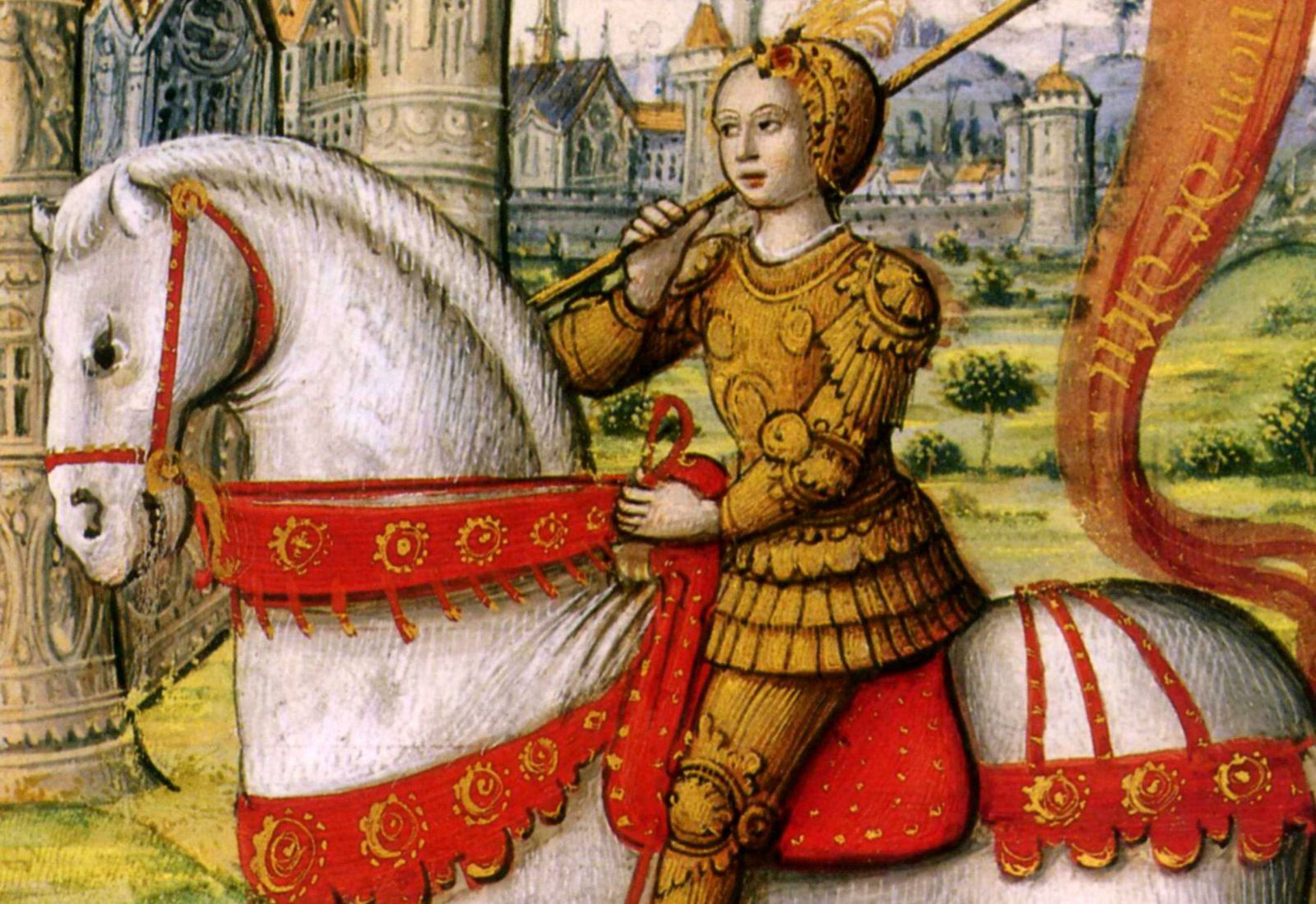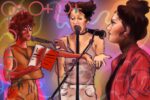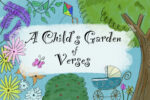During her short lifetime, Joan of Arc lived as a farmer’s daughter, an unparalleled warrior and a convicted heretic by the time she was 19 years old. Today, she is a canonized saint. Although she died over 500 years ago, Joan of Arc’s name remains very much alive and her story continues to fascinate and inspire women all over the globe.
Released on March 26, David Elliot’s poetry collection “Voices: The Final Hours of Joan of Arc” introduces Joan’s rise and fall in her quest to restore Charles VII to the French throne. The Maid of Orléans’ life is examined through not only her own voice, but also by those who both admired and undermined her life as a female warrior.
The historical and fictional accounts of family, comrades, saints and inanimate objects are brought together to provide further insight into who Joan of Arc was and how her actions were perceived by others.
“Voices: The Finale Hours of Joan of Arc” is a triumphant exploration of gender, power and a woman’s determination to lead a nation.
The Writing Structure and Characterization
Joan of Arc’s story is difficult to interpret through only one perspective. Although she’s the protagonist here, there are many other voices that help you understand who Joan of Arc was when she was alive.
Elliot comments on how he “wrote voices to discover how an illiterate teenage girl was able to accomplish the impossible,” and he does a phenomenal job in delegating who gets to tell which part of her story.
“Voices: The Final Hours of Joan of Arc” employs a variety of poetic structures, from concrete poetry to medieval forms that can be traced to the 1400s. Together, they prove to be highly effective in diversifying not only the individuals speaking of Joan, but also the inanimate objects in the story.
These inanimate objects — the fire that consumed her, her trimmed hair and even her virginity — tell their side through concrete poems, which add a fresh take to what most of us already know. It actually goes so far as to make you feel the collection is an interview.
“The Crossbow,” for instance, takes on the shape of its namesake and is structured as a triolet poem. This method employs repeating lines and a rhyme scheme, setting an eerie tone for the violent weapon’s version of the story. “The Crossbow” tells how Joan’s “flesh was tender, warm, and sweet” even when she was struck down in battle. “She challenged me and I replied, you will not walk. You will not ride,” writes Elliot.
Another example of Elliot’s impressive use of space is the haunting depiction of “The Fire.” When this character is first introduced, there is a sense of fervor in its repetition, as it promises Joan it will meet her soon:
“I yearn I yearn I yearn my darling
I yearn I yearn I yearn”
As the story continues and the fire re-appears, more lines are added to the previous one, un-punctuated and repetitive, tricking you into hearing the angry crackle of bright flames.
“I burn I burn I burn my darling
I burn I burn I burn
I year I yearn I yearn my darling
I yearn I yearn I yearn”
Both “The Crossbow” and “The Fire” contrast what Elliot describes as Joan’s “toned-down spoken word” tone, evident in her fluid narration and rhyme scheme. Unlike her antagonists, Joan does not hide behind heavy metaphors or imagery to get her point across. She is both honest and humble in her narration.
The History Behind the Fiction
Publisher’s Weekly applauds Elliot’s “stunning lyricism” and “gripping narrative” as he dissects the thematic questions posed by central figures in Joan’s trials, such as when her gender identity (“Do you wish to be a man?”) and innocence are questioned.
The beauty of “Voices: The Final Hours of Joan of Arc” is how easily Elliot balances the fictional accounts of the story alongside the nonfiction. Direct quotes from The Trial of Condemnation and the Trial of Nullification help set the stage for what you should expect to follow in the story, as they appear before the introduction of a new speaker and provide some historical context before launching into a critical moment.
For example, when Elliot presents Brother Pierre Migier’s compassionate quote on Joan’s execution during the Trial of Nullification, the following poem is Joan’s monologue on her life coming to an end.
“I surrender to the fire that craves me. Let him
Finally take and ravage the Virgin
From Lorraine. The savage thrust,
The burning kiss, the penetrating
Pain…”
“The Fire,” “The Maid” and other poems shape Elliot’s collection into an inspiring but heart-breaking history lesson. From wearing men’s clothing to leading an entire army of men, Joan proves to be a capable leader. Unfortunately, this does little to prevent sexism from turning a pious woman into a gender-rebelling sinner.
Throughout the account of her history, Elliot’s Joan of Arc is unapologetic and proud of her mission, as well as the route she took to fulfill it.
For the Non-History Fanatics
Although “Voices: The Final Hours of Joan of Arc” has an impressive consciousness about 15th-century France and the major battles in which Joan was involved, a lot of important moments can be missed if you’re not all too familiar with Joan of Arc’s life. There are going to be times in which, as a reader, you’ll want to do some extra research about this famous historical figure.
However, Elliot’s organization and well-placed nonfictional accounts of the events will prevent you from feeling completely lost. Each time a direct quotation is placed, a poem bounces from it and answers the question.
Sometimes, although setting matters, it’s the character’s storytelling and the way in which their thoughts are structured that makes the experience noteworthy.
“Voices: The Final Hours of Joan of Arc” is an extraordinary read about a female warrior who was ahead of her time.
















